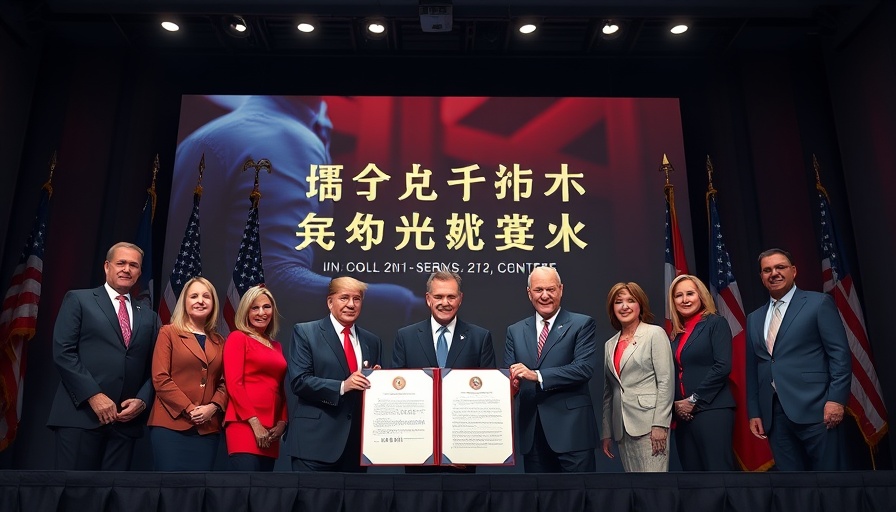
The Secrets of the Waldorf: An Insider's Account
In the heart of Washington, D.C., the historic Waldorf Astoria hotel has become a vibrant hub of political and technological networking. As I found myself cast aside from the All-In Podcast's AI summit, I opted instead to position myself at the bar of this luxury venue — a site that, unbeknownst to many, serves as the unofficial backdoor to the political elite and tech moguls. What transpired over the course of that evening was a fascinating glimpse into the intricate dance between technology and politics, wealth and ambition.
Trump's AI Aspirations and Corporate Interests
Earlier that day, President Donald Trump delivered a keynote address at the summit, exclaiming America’s ambition to dominate the AI landscape. He declared, “America is going to win it,” as he unveiled an executive order designed to propel advancements in artificial intelligence. But while the politicians and corporate leaders on stage promoted unity and vision, the real conversations and strategies were reserved for the Waldorf’s plush couches.
What I overheard painted a different picture. A group of commercial real estate executives sat nearby, plotting ways to amplify profits through Trump’s “America First” initiatives. They spoke in terms that underscore the intersection of corporate lobbying and national interest, probing how the influx of capital from tech investees like Marc Andreessen and Ben Horowitz could bolster a new generation of defense contractors.
Connecting the Dots: What This Means for the Future
It’s clear that this blend of political maneuvering and business acumen shapes the future of AI in America. While tech leaders claim to prioritize ethical considerations in AI development, conversations at the bar revealed a raw opportunism driven by profit margins and strategic advantage. This raises an important question: are we fostering an environment conducive to innovation, or merely reinforcing the dominance of elites who have long held power?
A Broader Implication: Global Reactions to U.S. AI Strategy
The ambitious U.S. stance on AI not only influences domestic politics but also prompts international reactions. Countries worldwide are closely watching how the U.S. implements its vision. If America solidifies its position as the leader in AI, other nations may feel pressured to respond by ramping up their own investments in technology — potentially igniting a global competitiveness that could either benefit or endanger ethical standards in AI development.
Diverse Perspectives: What's at Stake?
Critics of the approach maintain that prioritizing military funding over societal benefits could lead to unforeseen consequences. These opponents argue that technology should primarily serve humanity rather than the interests of a few powerful players. The conversations I heard at the Waldorf illustrated a chasm between public discourse about ethics in AI and the profit-driven ambitions of those poised to profit from governmental contracts.
Final Thoughts: Engaging with the Future
This firsthand insight from the Waldorf Astoria serves as a microcosm of a larger phenomenon shaping our society. The intertwining of governmental policy and corporate opportunity not only highlights the complexities of modern politics but also our own responsibility as citizens to question the motivations behind these alliances. As the AI race accelerates, it is essential for us to demand transparency and prioritize the collective good over individual gain.
As we engage with these themes, whether it’s through conversations with friends or discussions in our communities, it's vital to advocate for an inclusive approach to technological development. It shapes not just the economy, but the very fabric of our society.
 Add Row
Add Row  Add
Add 




Write A Comment